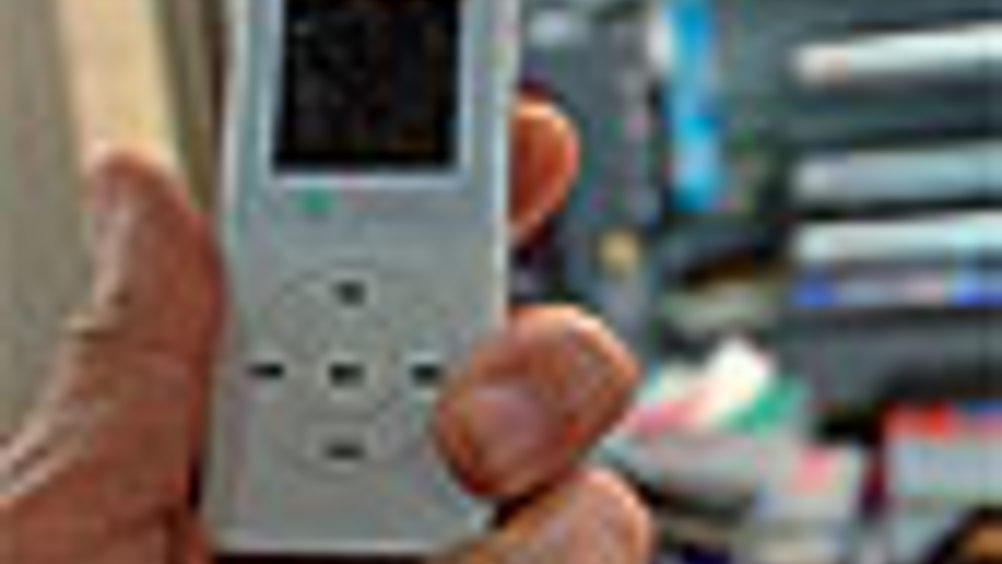Fraud busters
With the loss to genuine UK manufacturing running into billions an effective anti-counterfeiting programme is a must, says Gary Miller.

The effect of counterfeiting in the UK is profound. In 2004 the estimated loss to this country's manufacturing was £8bn and fake items seized at EU borders topped 103 million.
Reports show that the growing presence of Asian producers in the electronics manufacturing marketplace has had a direct impact on the increase in the circulation of counterfeit parts. Frustratingly, it is incredibly difficult to determine the true cost of the counterfeit trade. Some studies believe it is equivalent to six per cent of GDP. If accurate, its impact on the UK in 2004 was closer to £72bn.
With counterfeiters producing everything from toys and games to aircraft parts and branded drinks, the risk of intellectual property (IP) theft is on the increase. Thankfully, the severity of the problem has prompted governments to act. Our government's introduction of the
and the joint initiative between the EU and US to address counterfeiting are two examples.
Register now to continue reading
Thanks for visiting The Engineer. You’ve now reached your monthly limit of news stories. Register for free to unlock unlimited access to all of our news coverage, as well as premium content including opinion, in-depth features and special reports.
Benefits of registering
-
In-depth insights and coverage of key emerging trends
-
Unrestricted access to special reports throughout the year
-
Daily technology news delivered straight to your inbox










Water Sector Talent Exodus Could Cripple The Sector
Maybe if things are essential for the running of a country and we want to pay a fair price we should be running these utilities on a not for profit...